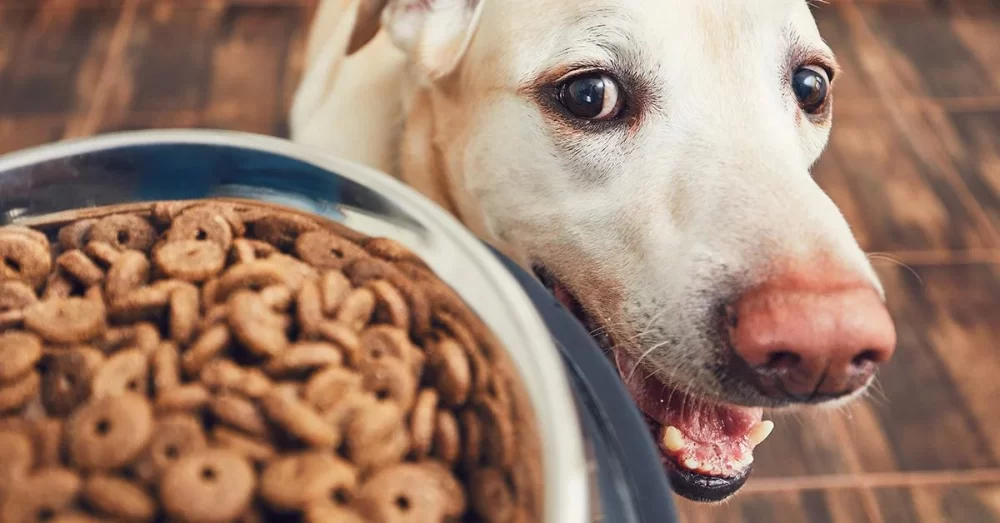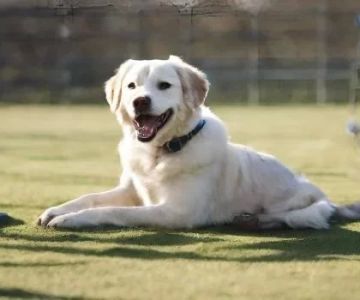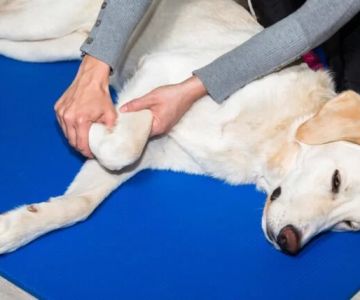- Understanding Nutrition for Active Dogs
- Key Components of Best Dog Foods for Active Dogs
- Real-Life Examples of Active Dog Diet Success
- Choosing the Right Dog Food for Your Athletic Companion
- Where to Find Tailored Dog Food and Expert Advice
1. Understanding Nutrition for Active Dogs
Active dogs, whether agility competitors, hiking partners, or working breeds, have nutritional needs that differ significantly from more sedentary pets. Their energy demands are higher, and therefore their diet must provide the right balance of calories, proteins, fats, and essential nutrients. Understanding these needs is critical to maintaining your dog’s health, stamina, and overall well-being.
Unlike casual pets, active dogs burn more calories daily, which means they require nutrient-dense foods that fuel their activity and help with muscle recovery. For instance, a Border Collie engaged in agility training needs more high-quality protein for muscle repair than a less active breed. Carbohydrates also play a crucial role, supplying energy during prolonged exercise, while fats serve as a dense energy reserve.
It’s important to recognize that not all dog foods labeled “high energy” are created equal. A truly effective diet combines balanced macro- and micronutrients that support endurance, joint health, and immune function. This holistic approach ensures your dog thrives both on and off the field.

2201 Wildcat Reserve Pkwy C9, Highlands Ranch, CO 80129, USA
See Details1.1 Why Energy Balance Matters
Maintaining energy balance is essential. Overfeeding can lead to obesity, which strains joints and reduces performance. Underfeeding, however, can cause fatigue and muscle loss. Regular assessment of your dog’s weight and activity level helps tailor the diet appropriately.
1.2 Common Nutritional Challenges
Active dogs sometimes face issues like dehydration, nutrient depletion, or digestive sensitivities. Feeding easily digestible, nutrient-rich foods can help mitigate these risks, allowing your dog to perform at peak levels.
2. Key Components of Best Dog Foods for Active Dogs
Choosing the best dog foods for active dogs means prioritizing ingredients that optimize health and energy. Here are the critical nutritional components:
2.1 High-Quality Proteins
Proteins like chicken, beef, fish, or lamb provide essential amino acids crucial for muscle repair and growth. Look for dog foods where protein sources are the first ingredients to ensure adequate supply.
2.2 Balanced Fats
Fats are a concentrated energy source, vital for active dogs. Omega-3 and Omega-6 fatty acids also reduce inflammation and support joint health, which is especially important for dogs involved in strenuous activity.
2.3 Complex Carbohydrates
Carbohydrates from sources such as sweet potatoes, brown rice, and barley provide sustained energy release. Avoid dog foods with excessive fillers or simple sugars, which can cause energy spikes and crashes.
2.4 Vitamins and Minerals
Micronutrients like calcium, phosphorus, antioxidants, and B vitamins support immune function, bone strength, and recovery. Many premium dog foods include these essential nutrients in balanced quantities.
3. Real-Life Examples of Active Dog Diet Success
Consider the story of Max, a Labrador Retriever who runs marathons with his owner. Max struggled with fatigue until his diet was adjusted to include a specialized high-protein, moderate-fat dog food recommended by veterinary nutritionists. Within weeks, Max’s endurance improved noticeably, and his recovery time shortened.
Similarly, Bella, a German Shepherd competing in police K9 work, thrived on a diet rich in omega fatty acids and complex carbs, which helped reduce joint soreness and provided long-lasting energy throughout demanding training sessions.
These cases highlight how selecting the right dog food tailored to an active lifestyle can transform your pet’s performance and quality of life.
4. Choosing the Right Dog Food for Your Athletic Companion
When selecting dog food for your active dog, consider the following multi-layered approach:
4.1 Assess Activity Level and Breed Needs
Each dog’s activity level and breed-specific traits influence nutritional requirements. Sporting dogs typically need higher protein ratios, while endurance dogs benefit from balanced fats and carbohydrates.
4.2 Evaluate Ingredient Quality and Source
Opt for dog foods that prioritize whole ingredients over artificial additives or fillers. Transparency about sourcing and manufacturing can indicate higher quality and safety.
4.3 Tailor Portion Sizes and Feeding Frequency
Active dogs may require more frequent feeding to maintain energy throughout the day. Consulting with a veterinarian helps determine exact portions and meal timing based on your dog’s needs.
4.4 Monitor Your Dog’s Response
Track your dog’s energy levels, weight, and coat condition to evaluate if the current diet meets their needs or requires adjustments.
5. Where to Find Tailored Dog Food and Expert Advice
Finding the best dog foods for active dogs is easier with expert guidance. Hidden Brook Veterinary offers personalized consultations to help you choose the optimal nutrition plan for your dog’s unique lifestyle and health status.
They provide access to high-quality products specifically formulated for athletic and working dogs, alongside professional advice that considers your dog’s breed, age, activity level, and any health concerns. This personalized approach ensures your dog not only meets but exceeds their performance goals.
Incorporating the right diet into your dog’s routine is an investment in their longevity and happiness. For detailed recommendations and tailored support, consider reaching out to Hidden Brook Veterinary, where expert care meets premium nutrition.











